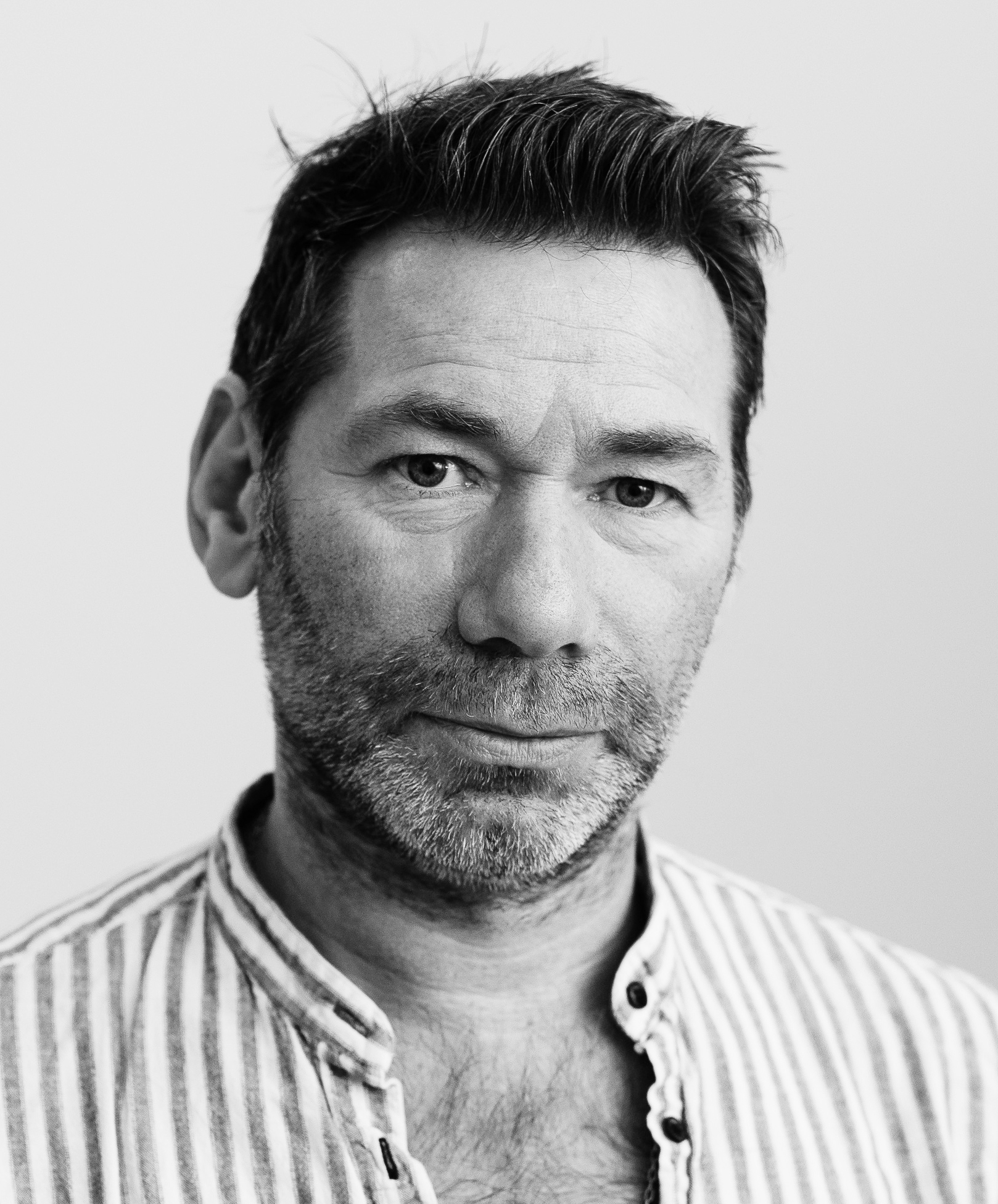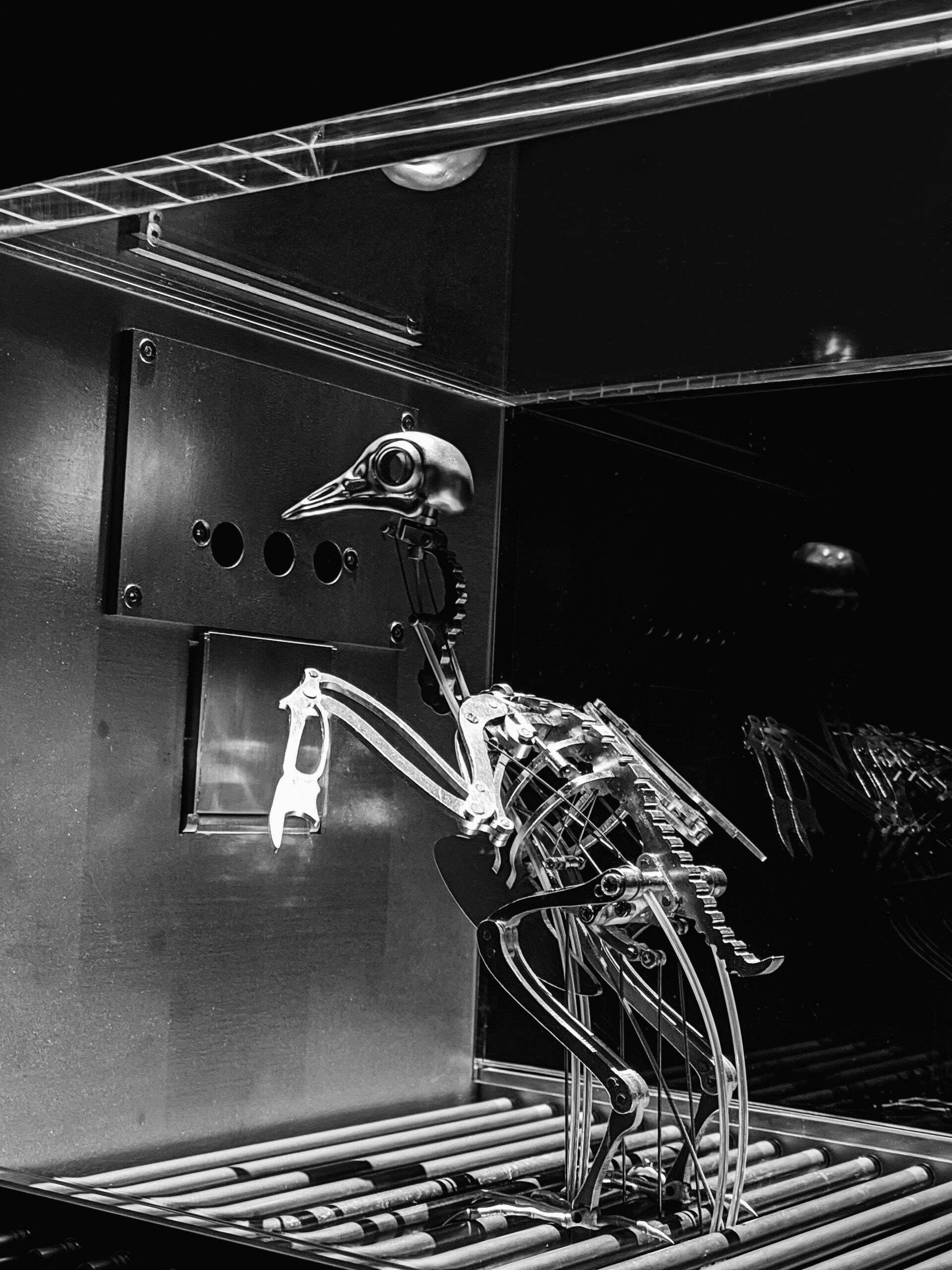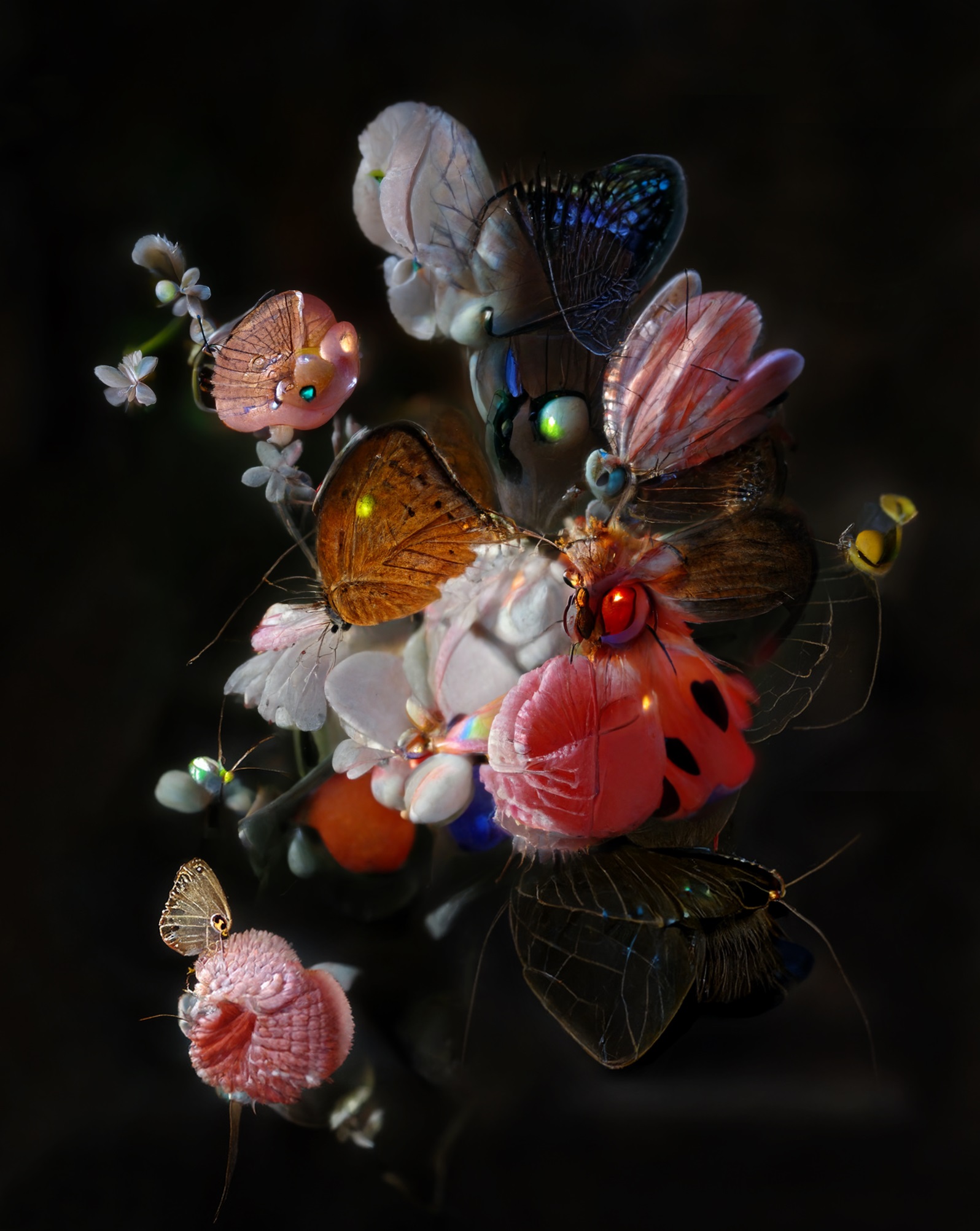He worked with Damien Hirst and was part of the legendary Young British Artists movement. Today, Mat Collishaw is an eclectic artist who seeks to reflect on psychology, history, sociology and science
MatCollishaw (nottingham1966) is a contemporary artist who became part of the movement after graduating from Goldsmiths’ College, London in 1989 Young British ArtistsParticipation in the famous Freeze In 1988 the exhibition was organized by Damien Hirst (Bristol, 1965) and today he looks back on a career of more than thirty years with exhibitions all over the world. Collishaw works primarily with photography and video art, mixing optical illusion paintings, photography, projections and moving sculptures. The viewer is an integral part of the artist’s works: he is called to abandon a passive visual modality in order to immerse himself and be fooled by the works. Collishaw studies psychology, history, sociology, and science to analyze the concept of exploration in both artistic and more personal terms. Dig deep, discover what we are made of, don’t be intimidated by the ambiguity that often separates form and content. Beauty and restlessness thus become two sides of the same coin, which we see presented in the form of fascinating and poetic works of art. The gallery M77 of Milan has opened an exhibition dedicated to him, floodedited by Danilo Eccher. An excellent opportunity to see his work live.

Mat, what is your earliest memory as an artist? When I was a child? Or did you perhaps legitimize yourself later?
The content will follow
As a kid I have a clear memory: I had pulled several cowboys around a table playing cards, one of the cowboys was a cheater while another cowboy stood up in front of him and pointed a gun at him. The table was about to fall over, the drinks, bottles and maps sliding across the floor. The other cowboys in the drawing moved away from the table to avoid getting into a gunfight. I remember that my classmates at school were mesmerized by this image for a moment and from that moment I realized that it is possible to evoke an image and grab people’s attention. This is the case when the picture is made well enough and the scene presented is convincing. I was around 8 years old.
When did you start creating artworks?
I think like most artists it was a gradual process for me: you make mistakes and you learn. I didn’t exhibit anything until I saw an artwork called ” bullet hole, I was 22 years old. It was a close-up of a wound on a man’s head from a forensic pathology textbook, printed at 4m x 3m and mounted in 15 lightboxes.
How does your creative process work: do you study, do you research?
My way of learning is to read and learn. I read everything I can about a topic that interests me and try to integrate everything I learn into a coherent idea. When the idea is almost formulated, I start making drawings and studying the different materials to work with. Then I do a lot of tests and experiments to find out which material and which scale works best. The works are then often produced in various external laboratories that specialize in certain media, such as 3D printing.
Tell us about your experiences as a young British artist…
I have been fortunate enough to attend Goldsmith College during an extremely vibrant and creative time. There were so many young artists who were extremely enthusiastic and desperate to bring their work to the real world. Nobody had any money, so we had nothing to lose.

Do your works arise from lived experiences or rather from states of mind that only take shape in your works?
Each of my works is undoubtedly shaped by lived experience, even if life is in fact what is happening. I mean, today we know exactly what happens to people on the other side of the world. The only time that exists is the present. I examine things that I find fascinating and try to find a way to recreate them as artworks that spark my original interest in the subject.
And what fascinates you? What catches your attention?
I am interested in what drives our thoughts, feelings and behavior. How much is genetically inherited and how much is cultural programming or manipulation. I’m curious about what drives me to behave in certain ways. Is it a primal impulse or the result of conditioning? I think it’s a fundamental problem in the visual arts: images are a powerful coercive tool, be it in religious iconography, political propaganda or advertising. Digital technology, particularly social media, is pushing the possibilities of coercion and manipulation to unprecedented levels. There’s a great quote from sociobiologist Edward O. Wilson that goes something like this: “The real problem facing humanity is this: we have Paleolithic emotions, medieval institutions, and divine technology. And it’s terribly dangerous.
I find the idea of beauty and how evil it can be very interesting. Flowers that make fun of us and attract insects tell of a selfishness and a manipulative tendency that we often find in humans… Tell us about this narrative aspect.
Yes, I find the way prehistoric organisms perform acts of coercion and manipulation fascinating, and I think it makes the humanities’ use of the same tools of manipulation more understandable. Some flowers mimic some insects, so the male of this species of insect is attracted to the flower and inadvertently pollinates the flower. The flower uses a form of visual distraction to control the bug and use it for its own ends. Of course, the flower is unaware of this process; it is a consequence of natural selection. It was this form-blind generation that led me to believe that experimenting with the use of artificial intelligence, which also creates images blindly, would be an interesting topic. Genes are not unlike computer code and the algorithms that underlie it.
Violence is another central theme in your work. And it is no coincidence that it is often seen as a contradiction in terms of beauty. Share your vision with us
I’m interested in why we as civil society are still drawn to violence. Nowadays this takes the form of online entertainment, computer games and films. Cognitive psychologist Steven Pinker believes this is a problem “Healthy Survival Instinct”, something that can help us when violence erupts nearby and threatens us. Violent scenes fascinate us because we can learn something invaluable from them. This evolutionary triggering of our instincts made it easy for developers of violent computer games, for example, to hijack our attention. YouTube is a barrage of unsavory violence if you choose to go down that “rabbit hole.” The artwork All things fallin the exhibition flood from gallery M77 tries to reflect on this merry-go-round of cruelty that has evolved over the centuries; human suffering sacrificed for show.

A FEW QUESTIONS FOR MAT COLLISHAW EXHIBITION CURATOR DANILO ECCHER
What was it like working with Mat?
I started working with Mat Collishaw in 1999, so we’ve worked together for many years and developed a genuine friendship alongside the professional relationship. Mat is an extraordinary artist, curious and cultured, very precise in his work, visionary in his poetics. What appears in his art is never what it really is.
How would you tell a child about Mat’s work?
I would say: you are entering a fairy tale, a world of fairy tales that will haunt you by stopping only at the images that please you.
How about an adult instead?
I would say you are entering a fairy tale, a fairy tale world where truth and appearance merge, where everything is at stake, where science and poetry merge. What you see is just a mask hiding a thousand other faces, distracting you from the complexity of your thoughts and the depth of your research. I would say stop in front of each work, walk past the image and look for the deepest narrative.
Glory to Vergani